Blog

#bioPGH Blog: An Ode to the Oaks
 A resource of Biophilia: Pittsburgh, #bioPGH is a weekly blog and social media series that aims to encourage both children and adults to reconnect with nature and enjoy what each of our distinctive seasons has to offer.
A resource of Biophilia: Pittsburgh, #bioPGH is a weekly blog and social media series that aims to encourage both children and adults to reconnect with nature and enjoy what each of our distinctive seasons has to offer.
If ever there was a tree that represented strength, resilience, and splendor, it is the oak! They can live for centuries, display striking colors in the fall, and are important members of forest communities. Something about oaks captured our imaginations long ago—from the sacred oak groves of the Druids to royal emblems to our own National Tree. There are over six hundred species of oak trees worldwide, but let’s explore a few of our own Pennsylvania oaks, shall we? If you are new to identifying trees, below are just a few of the oaks you may encounter on a trip through the woods—try your hand at identifying them by their leaves before they drop for fall! (Note, for a bigger challenge, look into how to identify trees by their bark. It’s challenging, but an invaluable skill for those months when our local trees don’t have leaves.)
Bur Oak— Quercus macrocarpa
There is some variability to bur oak leaves, but one distinctive feature is the cap on their acorn. It tends to be fringed like a shaggy hat, sometimes quite dramatically!
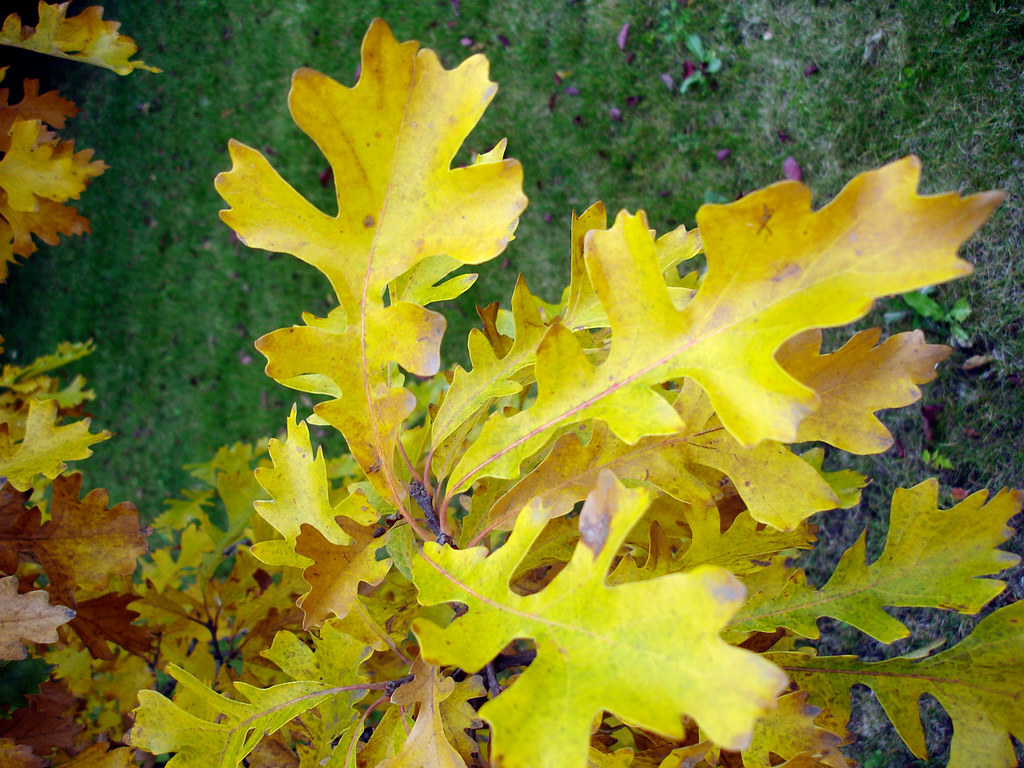
Photo credit: Daryl Mitchell, CC-BY-SA-2.0
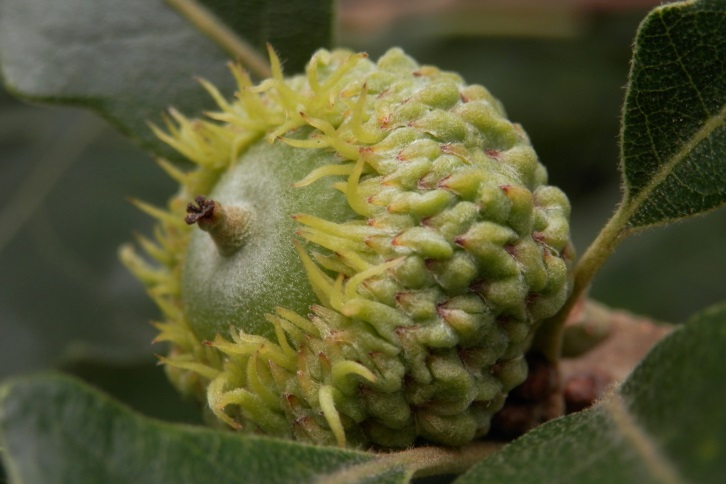
Photo credit: Ryan Hodnett, CC-BY-SA-4.0
Chestnut Oak—Quercus montana
The chestnut oak can tolerate rocky, sandy, and drier habitats than some other oaks—notably more so than the swamp chestnut oak, which is typically found in damper soils—so this is a tree you might expect to see in habitats with such soils.
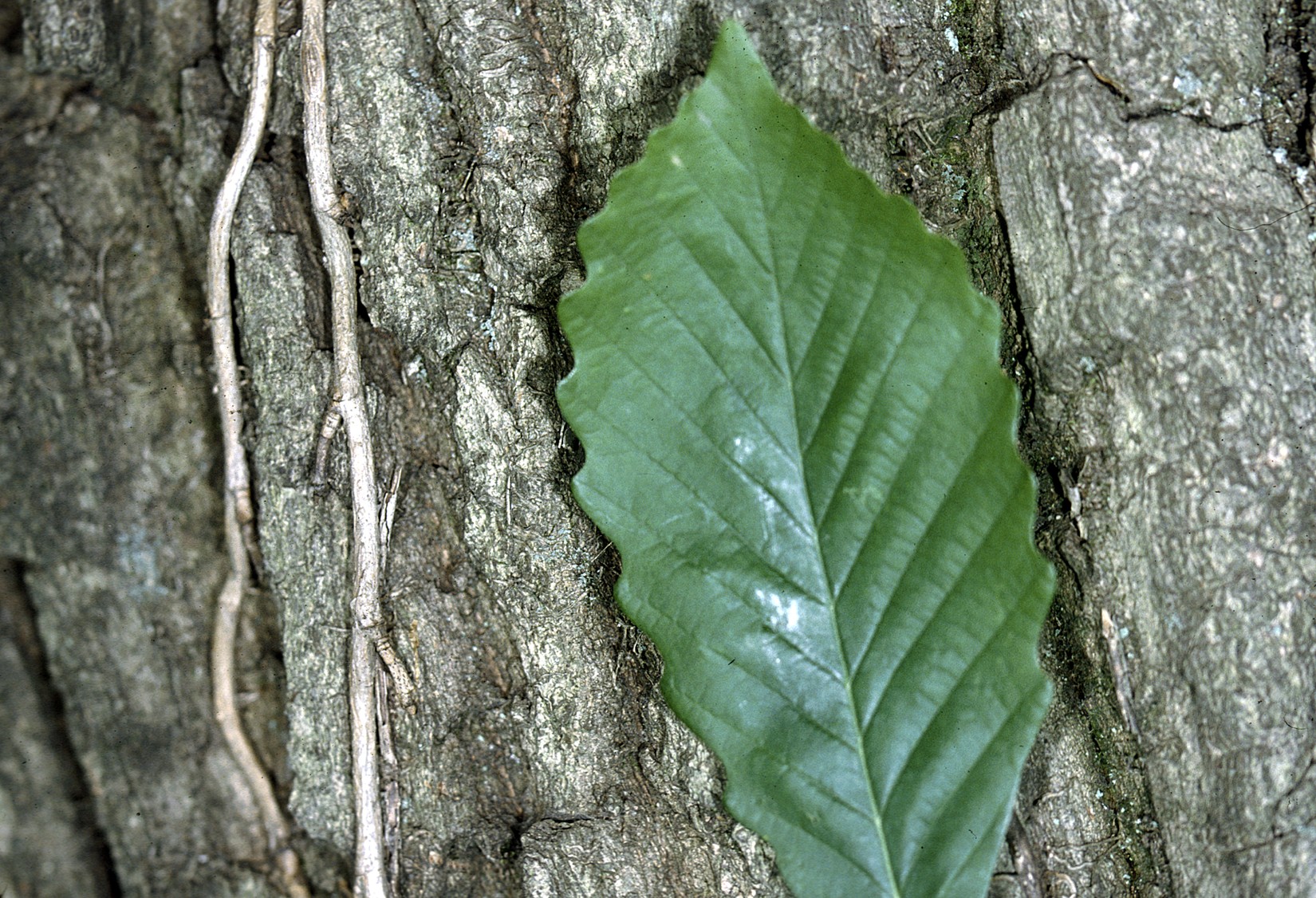
Photo credit: USDA
Chinkapin Oak— Quercus muehlenbergii
The leaves look very similar to the chestnut oak, but the chinkapin has acorns that tend to be half an inch long or shorter while the chestnut oak has acorns that can be up to an inch and a quarter long. Chinkapin oaks tend to be found in upland areas, particularly above limestone bedrock.
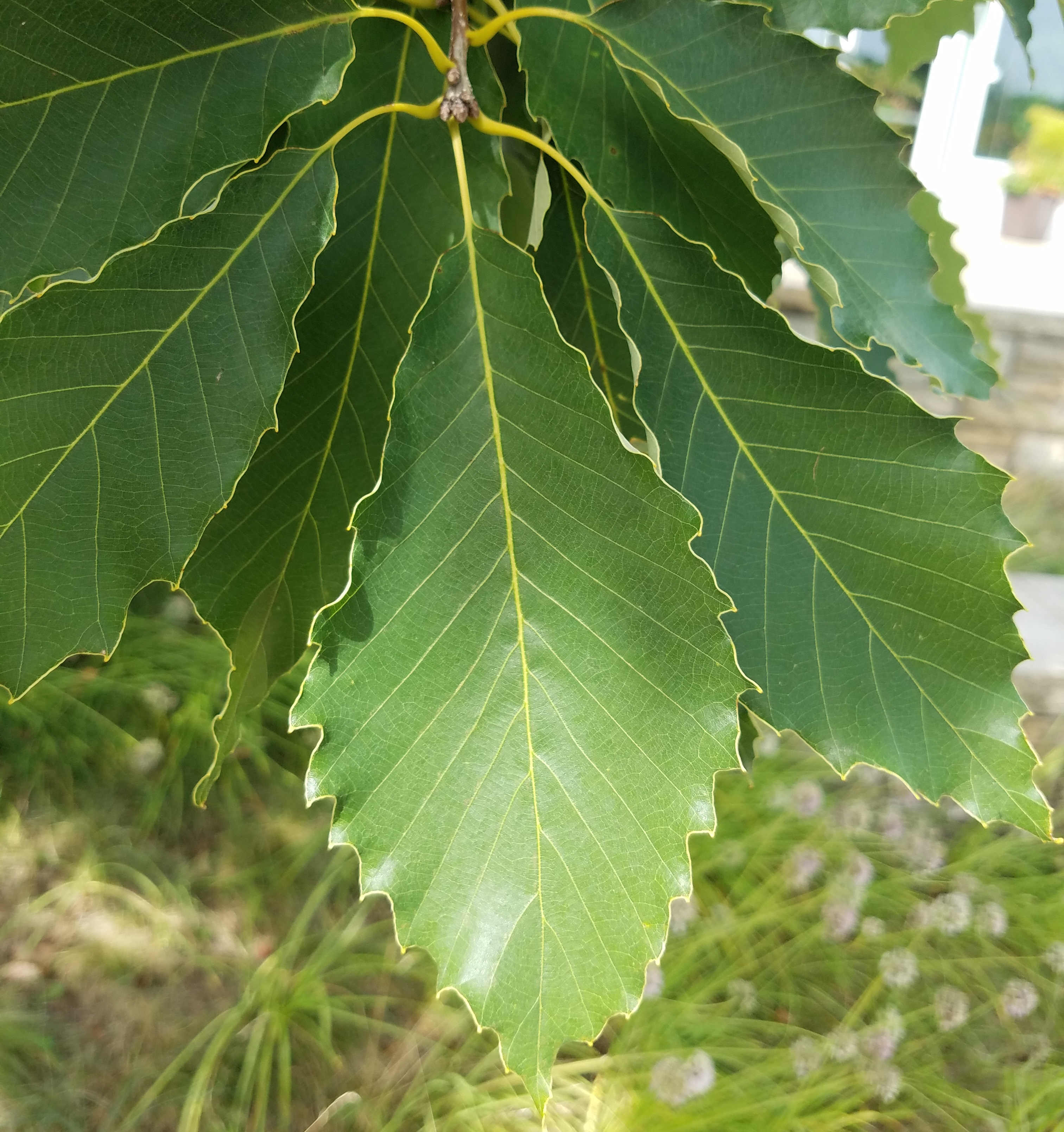
Photo credit: Maria Wheeler-Dubas
Northern Red Oak – Quercus rubra
Stunning in the fall, and a popular shade tree in the summer, northern red oak was long prized for its hardwood, and it has been used extensively in products from furniture to railroad ties. Their acorns can grow to be just over an inch long.
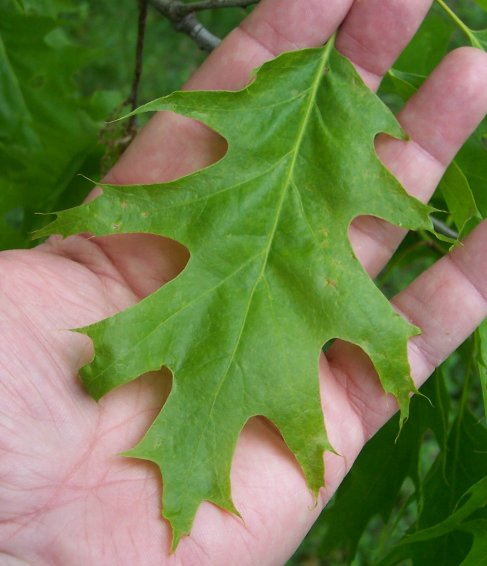
Photo Credit: City of Augusta, GA
Pin Oak—Quercus palustris
This is one type of oak that actually was not heavily used for building purposes, in spite of being a hardwood, because the wood has a tendency to warp. The acorns only grow as large as half an inch long, and the trees tend to found below elevations of 800 ft.
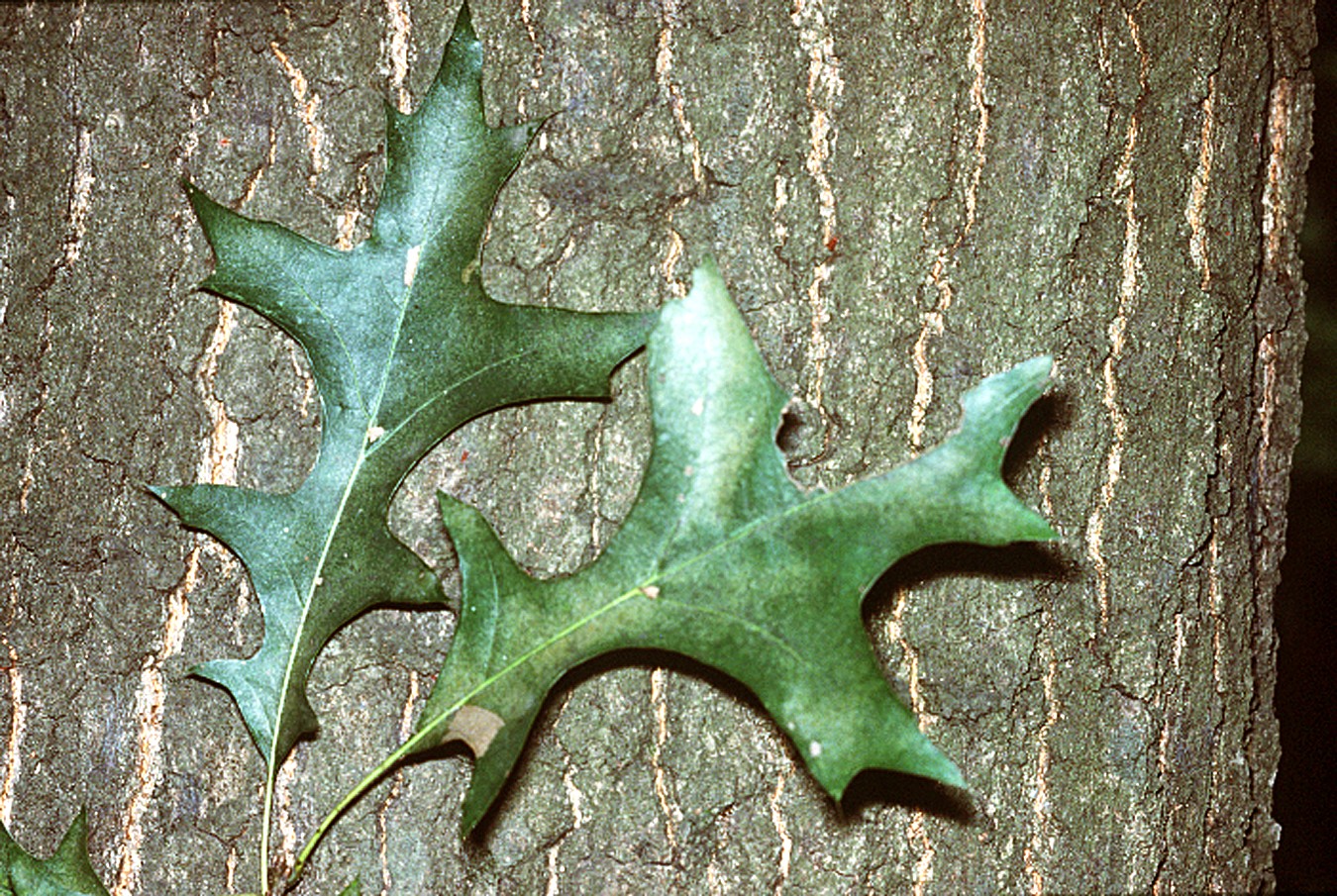
Photo credit: USDA
Shingle Oak—Quercus imbricaria
The shingle oak doesn’t have features typical of most oaks. Its leaves actually look a bit more like we think of as willows. However, it still has acorns, a hallmark of oaks and the clusters of buds at the tips of its twigs, another common feature of oaks.
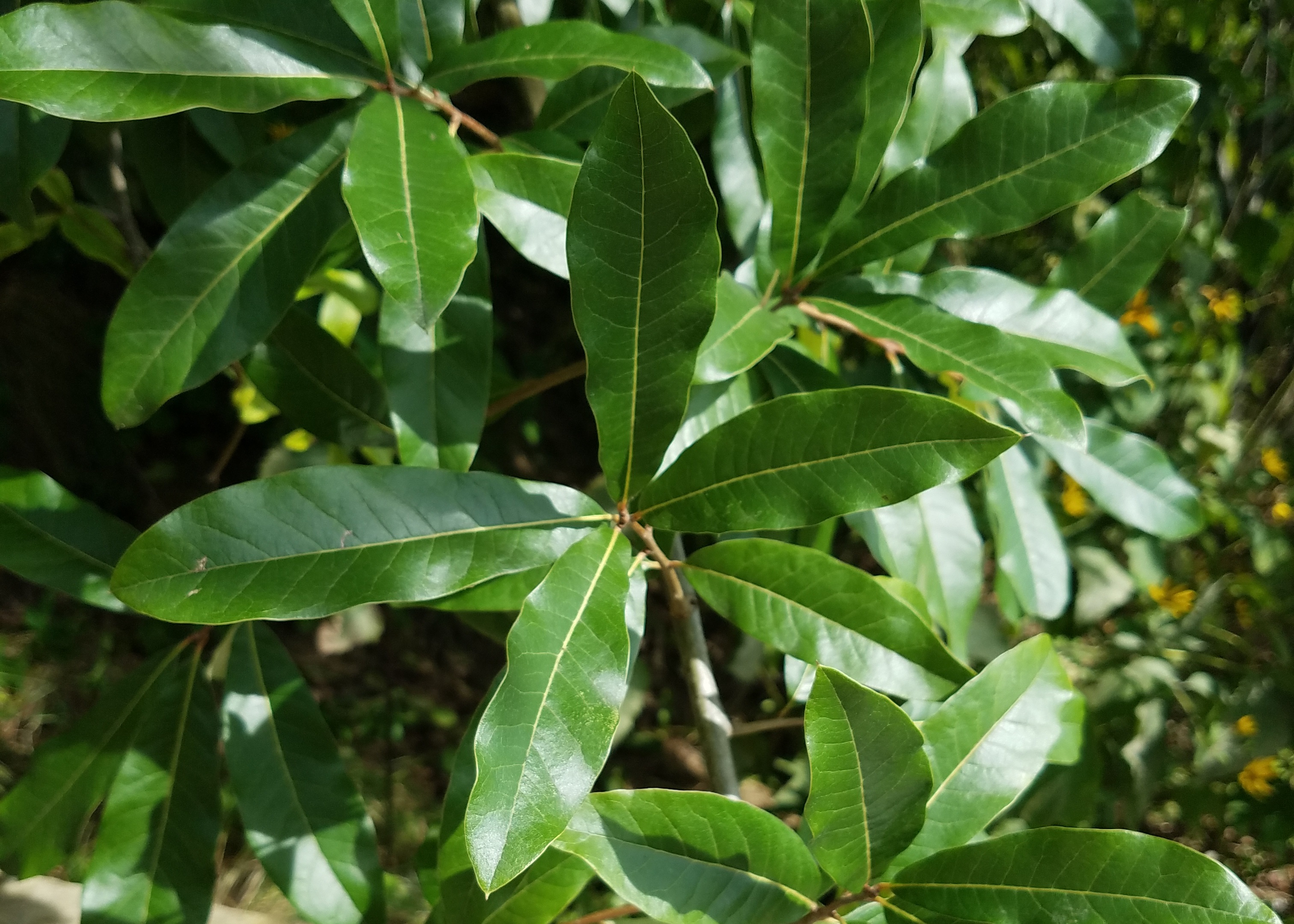
Photo credit: Maria Wheeler-Dubas
White Oak – Quercus alba
This oak is less frequently seen planted as a shade tree because the crown (the aboveground shape of a tree) is irregular rather than organized and symmetrical, but it is beautiful in the fall, bearing leaves with deep reds and purples. The acorns tend to range from half an inch to an inch in size.
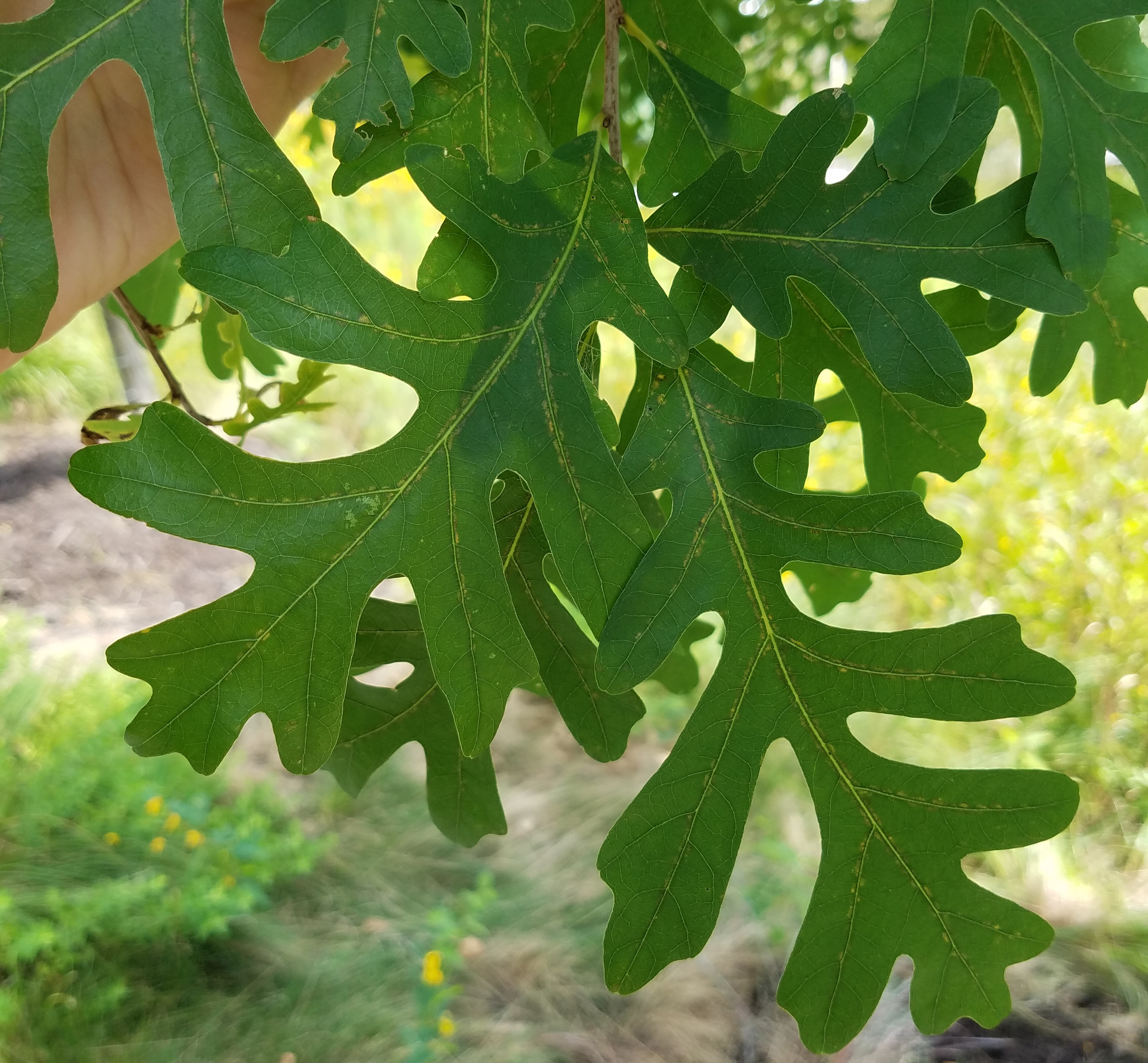
Photo credit: Maria Wheeler-Dubas
Well, hopefully this has piqued your curiosity to explore our oak trees in greater depth! It’s always a bit humbling to learn more about our ancient giants, the trees; but it is always worthwhile. Until next time, keep exploring!
Connecting to the Outdoors Tip: If you would like to keep learning more about oaks, and other trees, of Pennsylvania, the DCNR has a fantastic guide that includes a number of details and identifying features of our native trees. Check it out!
Resources
Cover and header images: Pexels, Public Domain

